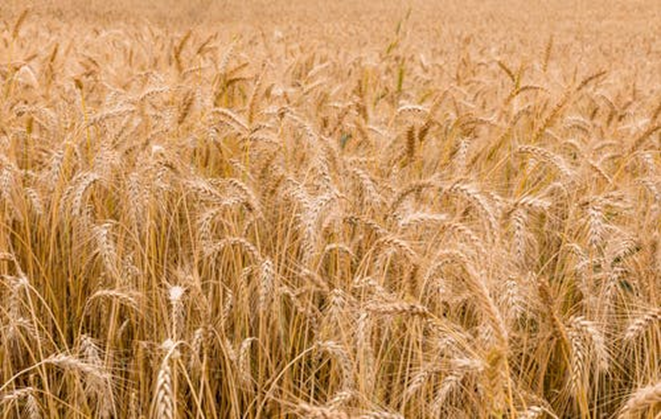Commodities are natural resources goods that can be exchanged between individuals. They are the assets that traders can purchase and keep in physical form. There are many types of commodities, including energy, livestock, agriculture, metals, etc. Owning these financial instruments through a verified exchange allows investors to diversify their portfolios.
Table of Contents
How can you trade commodities?
There are multiple ways in which investors can do commodity trading. Some of them are as follows:
- Futures. Futures contracts allow traders to enter an agreement with the vendor to sell the asset at a fixed time in the future. To understand better, let us consider an example where a trader agrees to buy $5000 worth of Soybeans with a contract expiry of 30 days. After the designated period ends, he wouldn’t transfer the commodity but sell it for the set price at that time.
- Physical. Traders can purchase and hold commodities in a physical form for a set period. As the price goes up, they can sell it again.
- Mutual Funds and ETFs. It is possible to invest in Mutual Funds and Exchange Traded Funds that trade on commodities.
- Stocks. Traders can buy or short the shares of the company that is actively involved in manufacturing a commodity.
Characteristics of Commodity Trading
Trading on commodities can be hard if you don’t understand the varying factors that affect their prices. Undertaking all the essential characteristics can help make you a better trader.
Supply and demand
The supply and demand heavily influence the prices of commodities. For example, an uncertain drought that may affect the price of agricultural products can reduce the supply and increase the demand causing the value to go up.
Volatility and liquidity
There is a good amount of volatility and liquidity available in the commodities. The price of gasoline or oil can be seen going up and down daily. This can present a lot of good trading opportunities for investors.
Market hours
Commodities can be trades 24/5, and it depends on the type of asset you are choosing. The best trading times can also vary on the same factor.
How can I trade Commodities?
Futures traders frequently use the level two market data for commodities trading. Reading the market depth can be confusing for some traders, and therefore it would be better if they stick to simple methods. It is also possible to use technical analysis on trading charts. The 20, 50, and 200-period moving averages provide good support and resistance points and efficiently determine the trend.

Image 1. The 50 and 200-period moving averages are plotted on the 4-hour chart at the commodity Wheat. Notice how the lines act as possible support and resistance.
What are the benefits of trading commodities?
We can list a few benefits of commodity trading as follows:
- Price movements. As mentioned before, there is a good amount of volatility in commodities. Traders who love fast action and sudden price movements will love the environment of trading these assets.
- Diversification. Traders can use commodities to diversify their risk and financial investments. ETFs and mutual funds provide stable drawdowns and good Return On Investments over the long term, while futures trading can be used for short-term trading.
- Inflation. As inflation rises in a country, the demand for commodities remains stable or increases in most cases. Traders can invest in protecting themselves against the poor effects of inflation.
- Margin. There is a good amount of leverage that traders can use to open big positions.
While volatility and margin are in our pros, it should be noted that a good amount of price movements with leverages positions can also add significant risks to your account.


